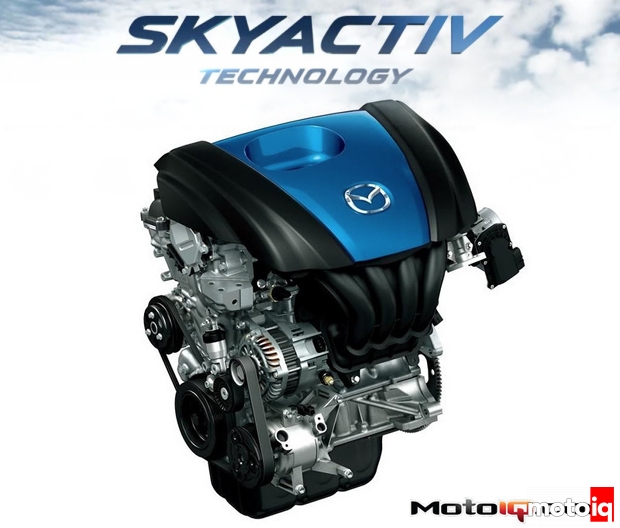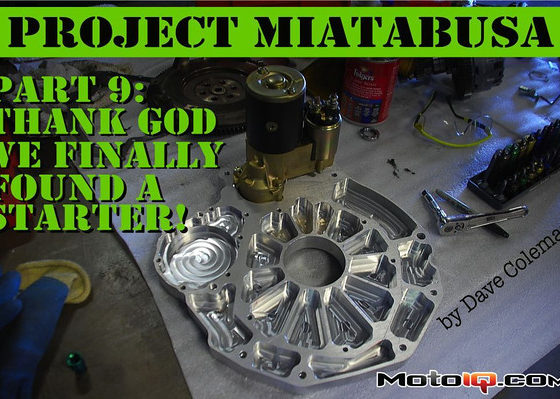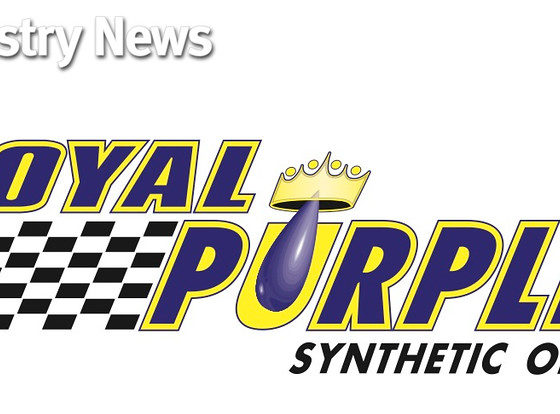,
 |
| The pocket in the piston is one of the Skyactiv engine’s secrets for smooth combustion with a lack of detonation when using poor quality fuel. It keeps a large enough volume of fuel-air mixture close to the plug to assure stable and smooth ignition. |
Next, the physical design of the combustion chamber is designed for high turbulence and a smooth-burning, homogeneous mixture of fuel and air. The high dome piston has a spherically shaped cup in its dome in close proximity to the fuel injector. This concentrates a volume of the combustible mixture close to the spark plug to help with stable ignition. The contour of the piston and the angle of the ports are designed to induce a tumble to the air as it enters the cylinder on the intake stroke. The turbulence, combined with atomizing six hole fuel injectors, also help to produce a homogeneous mixture when the fuel is injected, which burns smoothly without the irregular colliding flame fronts of detonation.
 |
| You can see how the injector fires througthis trough in the hot exhaust side of the piston into the pocket near the spark plug. Exhaust side injection puts the cooling fuel where it’s needed the most and the hot piston helps vaporization and an even distribution of fuel and air. |
To further combat detonation, the Skyactiv engine takes full advantage of direct injection’s ability to inject fuel at different parts of the 4-stroke cycle, working closely with the engine’s variable cam timing system. Mazda’s S-VT variable cam timing system is used on both the intake and exhaust cams to combat detonation as well by giving the engine the ability to run a lot of valve overlap.
 |
| Variable cam timing is super critical to this engine’s strategy to control detonation, reduce pollutants and reduce pumping losses at part throttle. The engine has a huge amount of cam control authority. The deep pockets for the valves in the pistons allude to this. The cam control on the intake is super fast electro-mechanical and the exhaust side is hydraulic. The cam control is for phasing only. |
The intake cam uses electronic control for fast and accurate control of cam phasing over a wide range, while the exhaust cam uses hydraulic control. Overlap is the period of the four stroke cycle at the end of the exhaust stroke and the beginning of the intake stroke when both the intake and exhaust valves are open at the same time. Normally, on a modern engine the overlap period is cut down because unburnt hydrocarbons from the intake charge can escape out the exhaust port, wasting fuel and increasing emissions.
 |
| The oil pump is electronically controlled with a PWM solenoid that controls the oil pump bypass. When oil is needed for fast cam movement, the solenoid closes off the bypass. Otherwise it allows oil to just return to the pan so the pump won’t rob power from the crank. |




6 comments
These type of engines are only restricted by the fact most owners want to use 87 octane. Imagine if you could tune these engines for a 91 or higher octane. I imagine in hot weather these high compression engines detune themselves a lot with 87 octane. It is unfortunate that even recommending a higher octane is taboo in America. At least some manufactures are now recommending higher octane fuels and mapping engine management to take advantage of that fuel. Especially with turbo engines that add to the heat issues that many times require a engine to aggressively detune itself to prevent pre combustion.
High octane fuel is taboo in America? Every car in my garage uses high octane fuel. One V8 and a couple I4 turbos.
we are limited to 91-93 octane by the R+M/2 method
I have a newer version of this engine in a 2015 Mazda 6. I will reach 400,000 miles by the end of the year. Still runs and shifts great and getting 32-35 MPG hwy. The only thing I’ve ever done to this car was replace a lower control arm at 300k miles and the belt tensioner at 150k miles.
Yeah, but the direct injection itself has reliability issues…the cylinder heada will need to be removed between 100000-150000 miles due to the valves gumming up. I believe Toyota solved this problem by placing an injector BEFORE the valves to keep them clean. Does THIS motor have this feature?
I have a hundred and seventy five thousand miles on my indie, miata, in five and a half years running, mostly low octane fuel, I have done a few cleanings in an oxygen sensor other than that, she’s running beautifully.I do a lot of highway driving sometimes two hundred miles a day